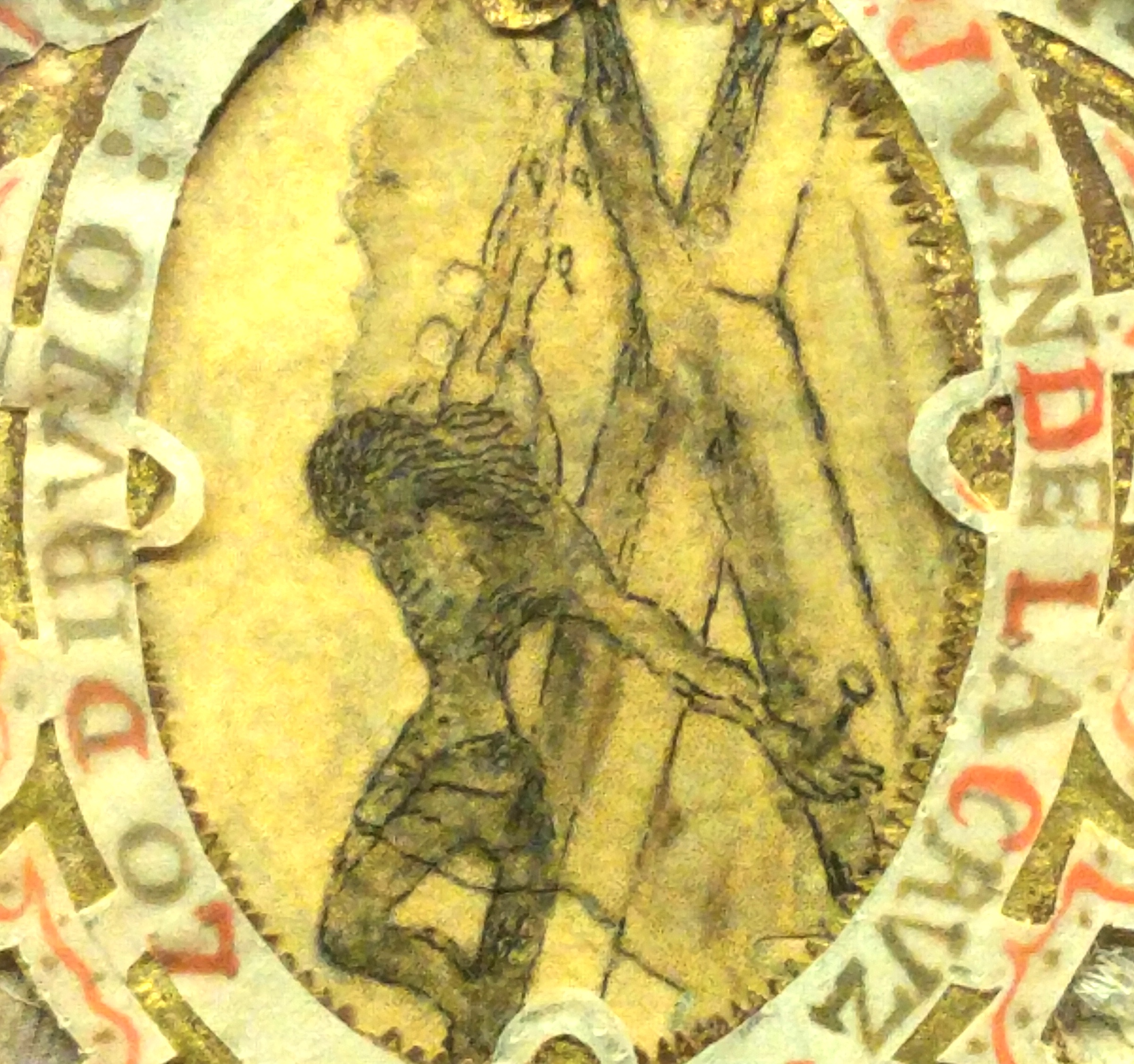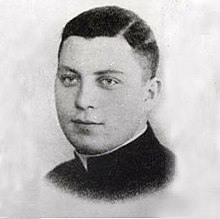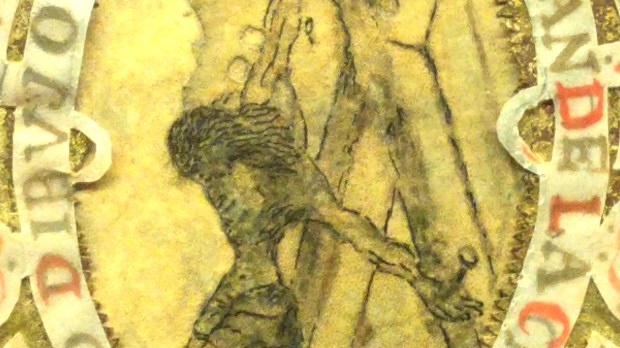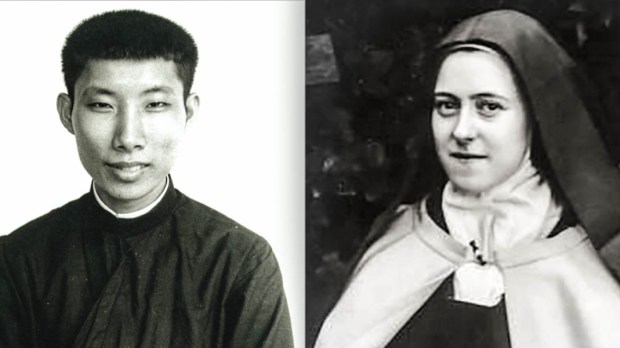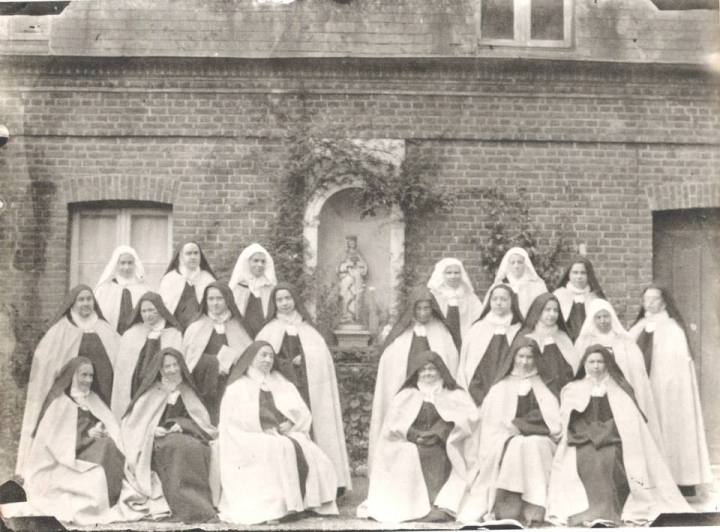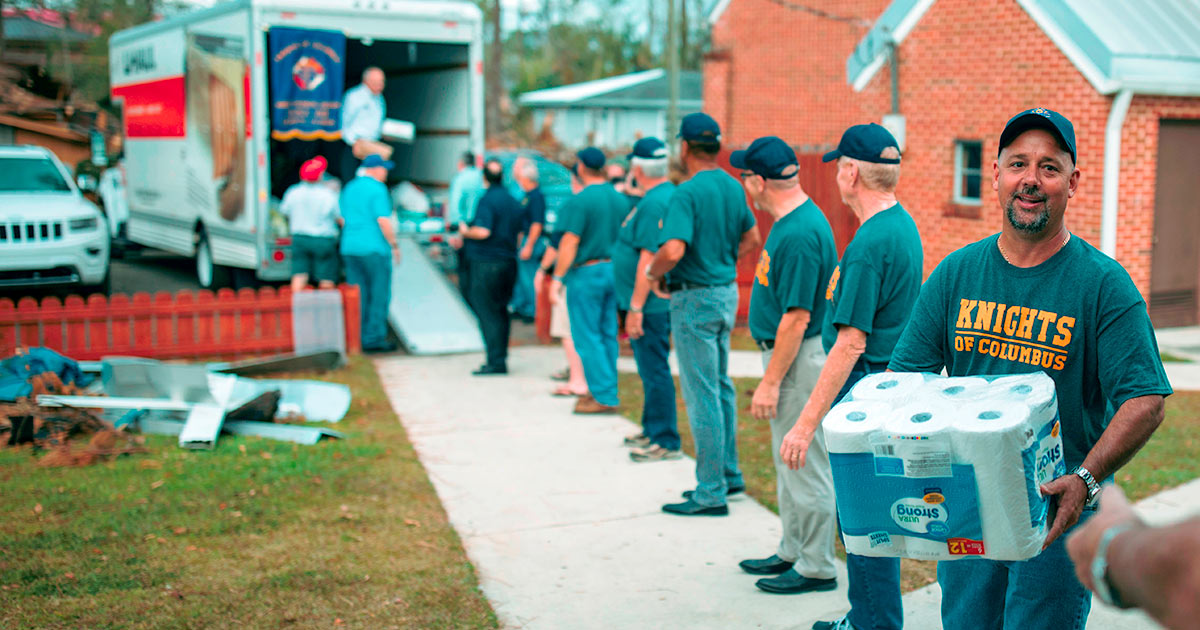(SOC-AU) - An archpastoral reflection on the current situation in Australia. “But He answered and said to them,
I tell you that if these should keep silent,
the stones would immediately cry out!” (Luke 19:40)
To Whom It May Concern,
I am compelled by my conscience as Bishop of the faithful entrusted to me, to address by way of this open letter my deep concerns regarding the situation our Nation has spiraled into during this current health crisis, which we fear is becoming more of a crisis of humanity than that of health itself.
The Latin proverb Homo homini lupus est, "A man is a wolf to another man," has tragically found its new form and expression in today’s crisis as: Homo homini virus est!
Man has become a virus to his fellow man in this ever-changing world and dystopian looking society. This is not hyperbole; it is happening right now around us. Just look at our workplaces, formerly places of collegiality and friendship, now rapidly digressing into segregation, suspicion, bullying and ridicule of those who have not yet received the green tick!
A vivid example of this was presented to me by one of our faithful in possession of a medical exemption, who has been labelled a health risk by their colleagues and has ever since been treated with contempt and discrimination, as if they were a leper, a walking virus.
This type of behaviour would previously be deemed unacceptable, however in the ‘new normal’ of today’s dystopian society it is subtly encouraged through media hysteria which is fueling mass psychosis, in which fear and anxiety, mistrust and segregation have become the new Gospel!
The policy of “no jab, no job”, has had and continues to have an impact on the well-being and mental health of many who feel that they have been pushed into a corner and forced to take the vaccine without the right to informed consent and right of conscience. This should not be happening anywhere in the world, especially in a democracy such as Australia. People have a legitimate right to be concerned and to ask questions regarding these particular vaccines, as they are still dubbed to be in their clinical trial phase, as recently stated by the Australian Minister for Health.
These measures, or workplace policies, have created many social and existential anxieties that have impacted the community.
No blackmail or coercion, including that of vaccination is morally acceptable. Without freedom of choice there is no humanity.
Orthodox Christianity professes that the human person is created in the image and likeness of God and that the central quality or attribute of this Image is the gift of free will, the ability to make an informed and free choice.
For example, following Christ in the Orthodox Church is ontologically significant because following Christ leads to formation, i.e., human transformation and completion = perfection = salvation. However, through the lens of Orthodox soteriology this is a synergetic act(ion) which entails a free disposition on humanity’s part. Christ himself says: “If anyone DESIRES to come after Me, let him deny himself, and take up his cross, and follow Me” (Matthew 16:24). Christ leaves us with a choice, does not cancel out human freedom to choose, does not impose salvation.
St Irenaeus also echoes this:
“…because God made man a free agent from the beginning, possessing his own power, even as he does his own soul, to obey the behests of God voluntarily, and not by compulsion of God.
For there is no coercion with God, but a good will towards us is present with Him continually. And therefore does He give good counsel to all. In man, as well as the angels, He has placed the power of choice…”
- St. Irenaeus, Against the Heresies, IV, 37, I
This should not be equivocated to an anti-vax position, but rather one of informed consent, also considering any ethical concerns that those of faith might have.
Orthodox Christians, for example, have a moral issue accepting vaccines that have been developed from cell lines that were obtained from tissues harvested from aborted fetuses. The issue of ethical concerns for such vaccines was raised last year by some of the major Christian jurisdictions in Australia, such as the Roman Catholic, the Anglican and Greek Orthodox Archdioceses.
Therefore, the moral concerns of Christians should be taken into consideration, as they are not simply subjective views, but derive from the fundamental positions and core beliefs of the Church.
That is why our faithful may appeal to this, our Archpastoral letter, and other statements of the Orthodox Church as to why they are unable to receive these particular vaccines.
I would also like to mention as a great concern the alarming prospects of the introduction of Vaccine Passports. I believe that this will lead to a two-tiered society, it will divide people, families, and friends and will provide a basis for acts of discrimination and ostracization.
In relation to this, media reports have also mentioned that “Churches will be required to use Vaccination Certificate Systems for Vaccinated-ONLY Worship”?!?
This is totally foreign to the Spirit of the Church, to the ecclesiology, the Holy Gospel and Tradition of the Church. We could never accept or adopt such a practice! It would entail discrimination against those who are members of the same Body, The Body of Christ, His Holy Church. How can we go against the Gospel? Against Christ who exclaims: “Come to Me, all you who labour and are heavy laden, and I will give you rest” (Mathew 11:28).
We cannot accept the polarisation of the faithful, it goes against the very nature of the Church and we will not be implementing this system in our churches.
The Church embraces all who seek Christ, those vaccinated and unvaccinated. It will seek to heal a wounded and heavy-laden society, not inflict new wounds and burdens.
I pray that Christ illumines and heals us all, this society immersed in the darkness of sorrow and anxiety, that we may perceive our fellow neighbours, not as a virus, but as those fashioned in His image and likeness.
With Archpastoral love and blessings,
+ S I L U A N
Bishop of the Metropolitante of Australia and New Zealand
The Serbian Orthodox Church
